Engaging Insights: Jackdaws, Art, and Technological Wonders
Written on
Exploring Unique Artistic Techniques
Let’s kick off this week with a spotlight on a remarkable artist, Rosalind Hobley, known for her captivating cyanotypes. This historical photographic method, developed in 1842, produces stunning blue prints. As detailed by Colossal, Hobley utilizes cotton rag paper treated with an iron salt solution, which she then leaves in darkness to dry. After exposure to UV light, the prints are washed, revealing their enchanting blue hue. Hobley expresses her passion for the process: “I enjoy the chaos and creativity involved in cyanotype. I’m drawn to methods that transform photographic images into something more compelling and unpredictable, embracing imperfections and spontaneity.”
The following image showcases her recent series titled Still Life, where she endeavors to give her floral photographs a sculptural weight and presence, successfully achieving a dreamlike aesthetic.
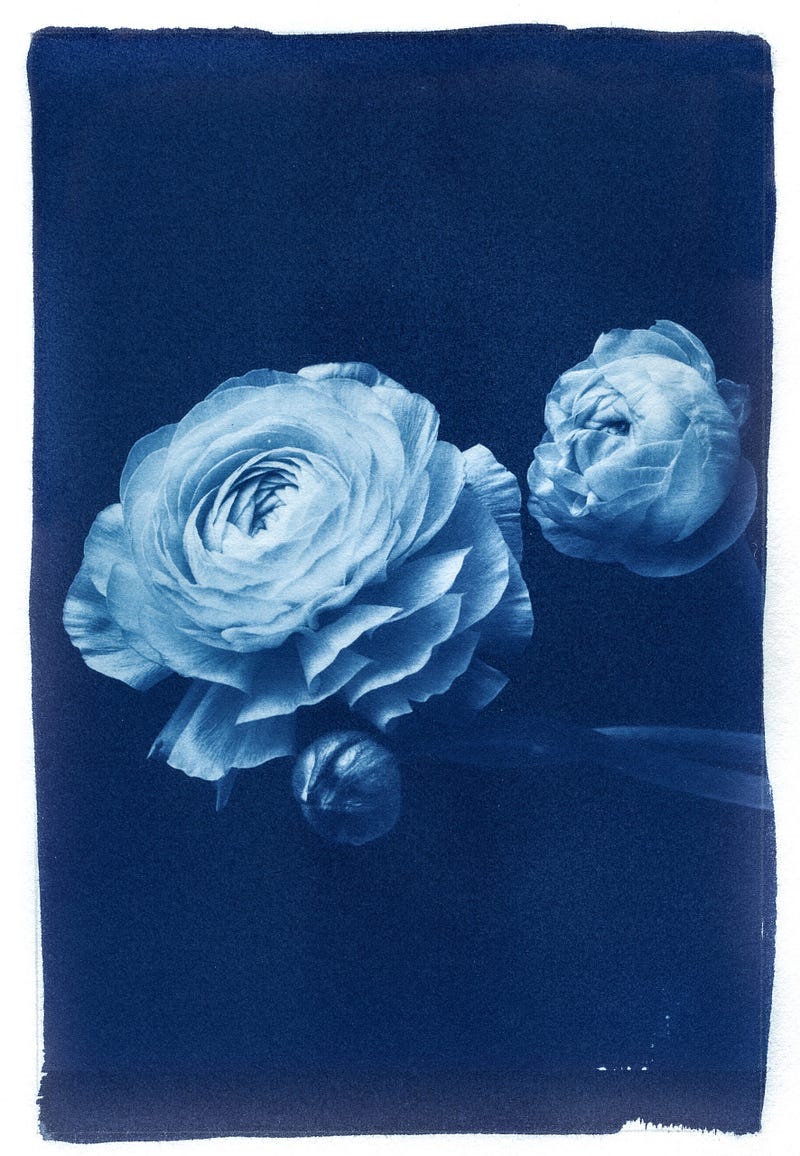
The Value of Volunteer Moderation on Reddit
In a related vein, have you ever considered the immense effort that goes into managing thriving subreddits? Research suggests that Reddit moderators contribute an astounding $3.4 million worth of unpaid labor annually.
Recent studies conducted by Northwestern University have quantified this volunteer work. They estimated that approximately 21,500 active moderators collectively dedicate around 466 hours daily to moderating content. Using a conservative estimate based on hourly rates from freelance platforms, researchers calculated this substantial figure, which, while seemingly modest, constitutes about 2.8% of Reddit's revenue in 2019, significantly impacting its profit margins.

The Artistic Vision of Agnes Giberne
Moving to the realm of celestial art, Agnes Giberne, a Victorian author and artist, made significant contributions to astronomical literature in 1898. Her book, Sun, Moon, and Stars: A Book for Beginners, is adorned with striking black-and-white woodcuts that capture the essence of celestial bodies. While her writings may not resonate today, the artwork remains timeless. The Public Domain Review even offers poster prints of her illustrations, making them a worthwhile addition to any collection.
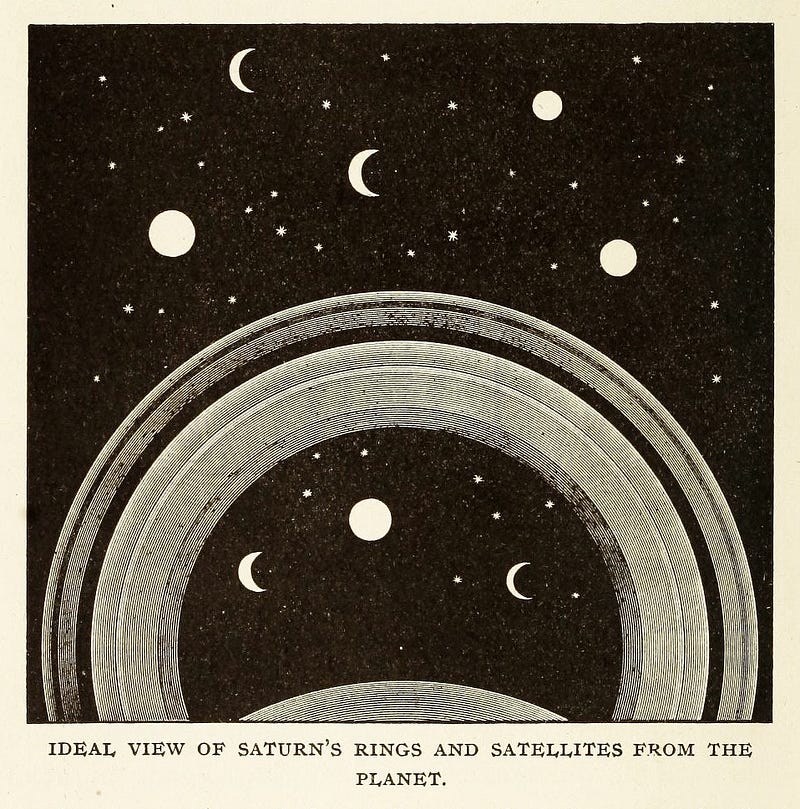
The Social Dynamics of Jackdaw Flocks
In a fascinating exploration of animal behavior, researchers have uncovered that jackdaws exhibit a form of collective decision-making regarding their takeoff. Observations reveal that these birds "vote" through vocalizations, coordinating their departures based on the intensity of their calls. As noted in a recent study, the jackdaws synchronize their takeoff when the collective noise peaks, with most leaving within seconds of each other.
In an intriguing experiment, scientists demonstrated that playing recorded calls could prompt earlier departures, indicating the importance of their vocalizations in flock dynamics.
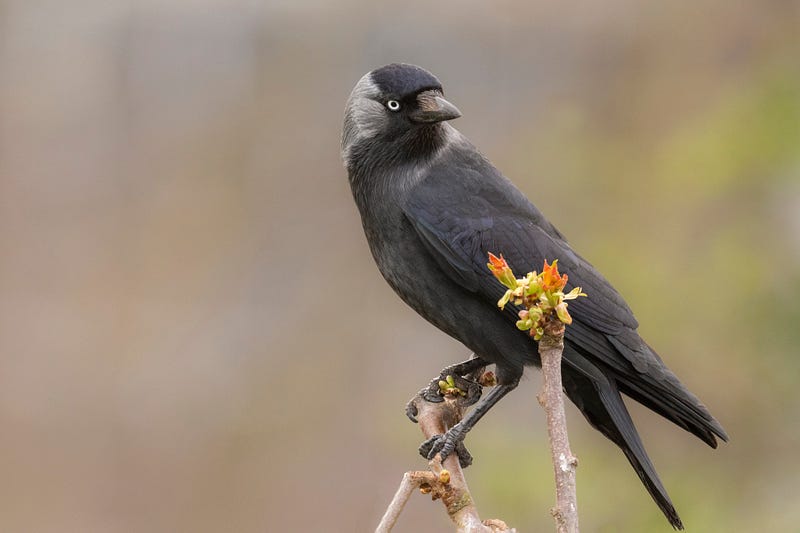
Undersea Telegraph Cables and Electrical Theory
Additionally, the development of undersea telegraph cables in the 1850s played a pivotal role in shaping our understanding of electrical field theory. As companies grappled with the degradation of signals over distance, the insights gained from these underwater projects led to significant advancements in the field. Notably, Michael Faraday's theories emerged from the challenges faced by those operating telegraph cables, illustrating how practical engineering dilemmas can drive scientific discovery.
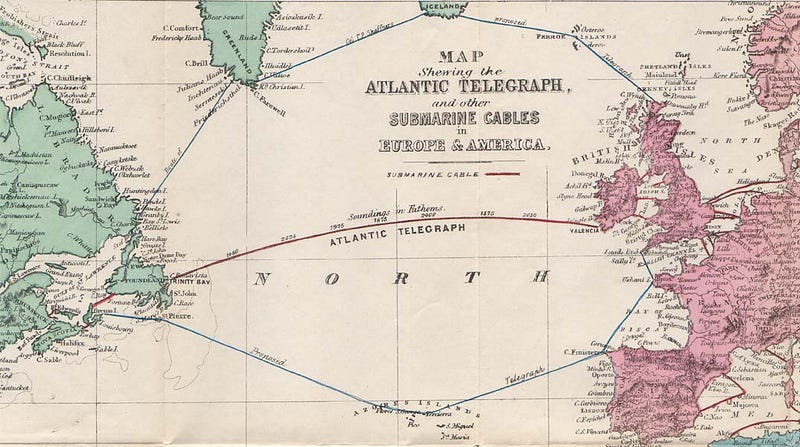
Innovative Applications of Locusts in Cancer Detection
In a groundbreaking study, researchers are exploring the potential of using locusts to detect cancer cells. By implanting electrodes in the brains of these insects, scientists aim to harness their remarkable olfactory capabilities. This experimental approach has shown promising results, although it raises ethical questions about the treatment of the locusts involved.
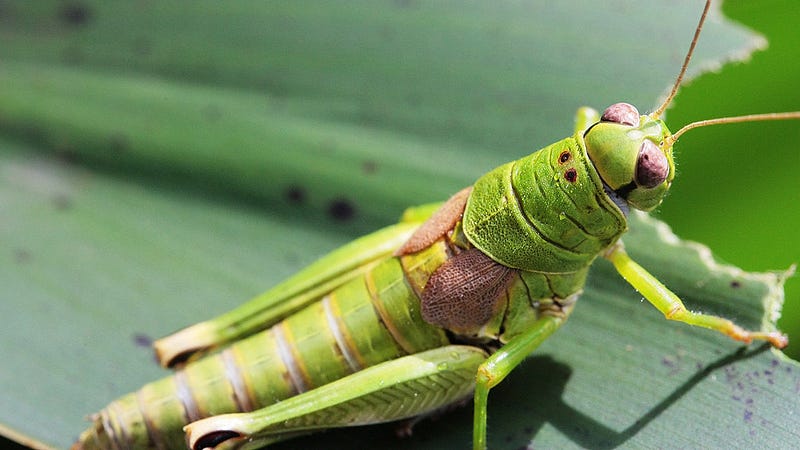
The Wacky Walker: An Engineering Marvel
To cap off this week’s Linkfest, check out the "Wacky Walker," a fascinating mechanical design by Greg Zumwalt featured on Instructables. This innovative creation uses a sliding weight to propel itself, demonstrating an engaging blend of art and engineering.
Closing Thoughts
As we wrap up this collection of insights, I invite you to delve deeper into these topics. From the artistic expressions of past eras to the cutting-edge research of today, there’s a wealth of knowledge to explore. If you enjoyed this Linkfest, consider giving it a clap; your support is appreciated!
Clive is a contributing writer for the New York Times Magazine, a columnist for Wired and Smithsonian magazines, and a regular contributor to Mother Jones. He’s the author of Coders: The Making of a New Tribe and the Remaking of the World, and Smarter Than You Think: How Technology is Changing our Minds for the Better. He’s @pomeranian99 on Twitter and Instagram.